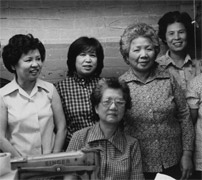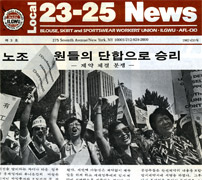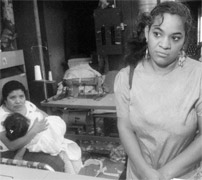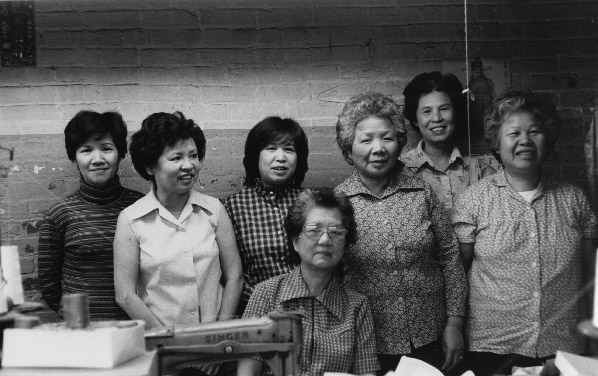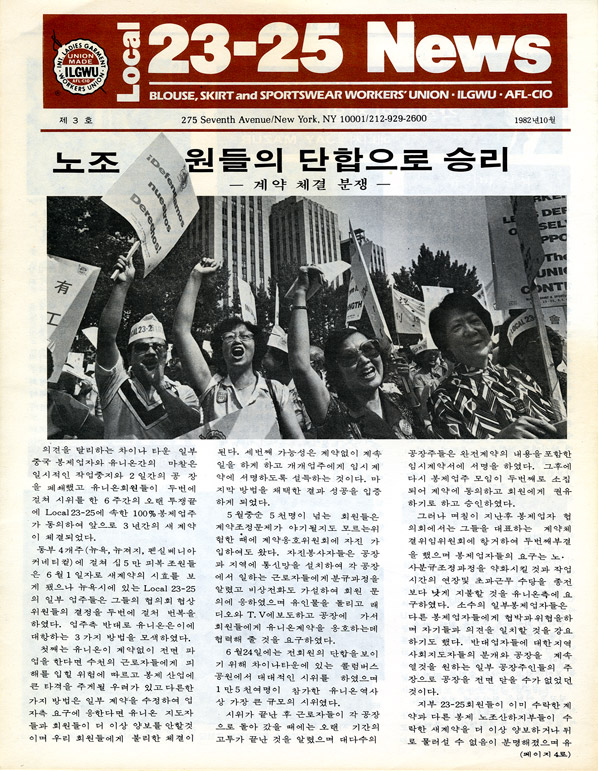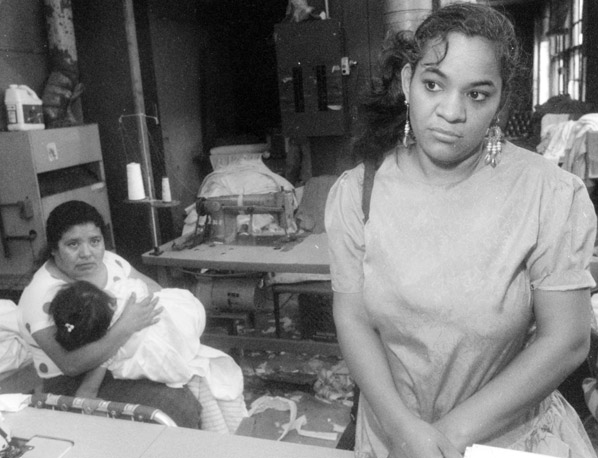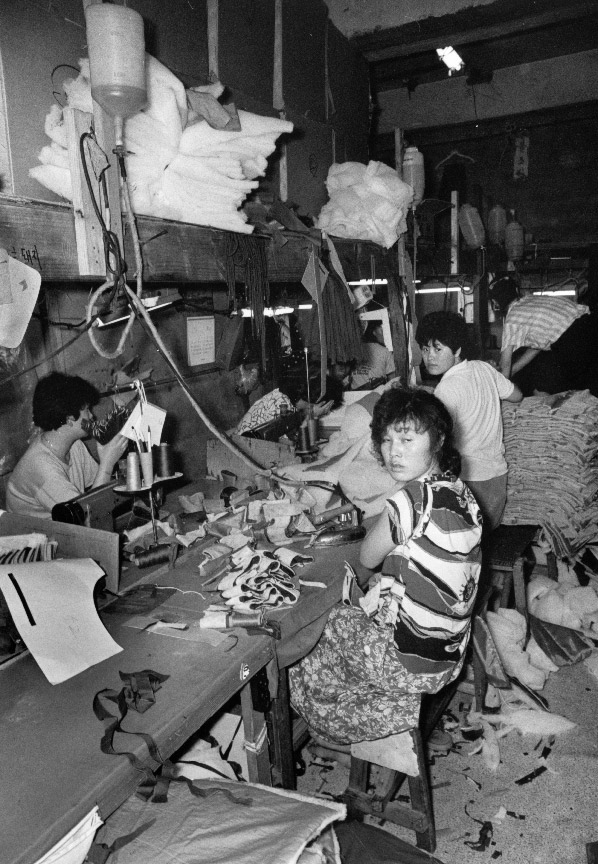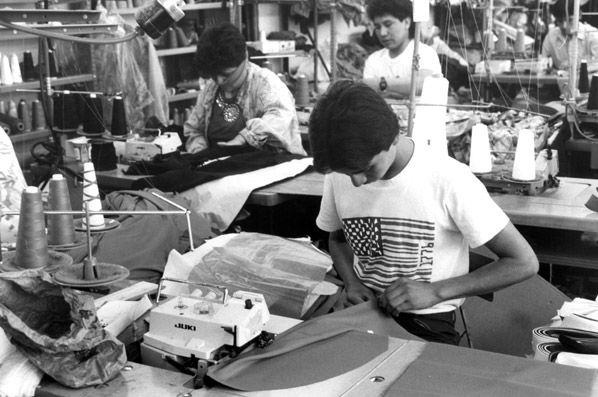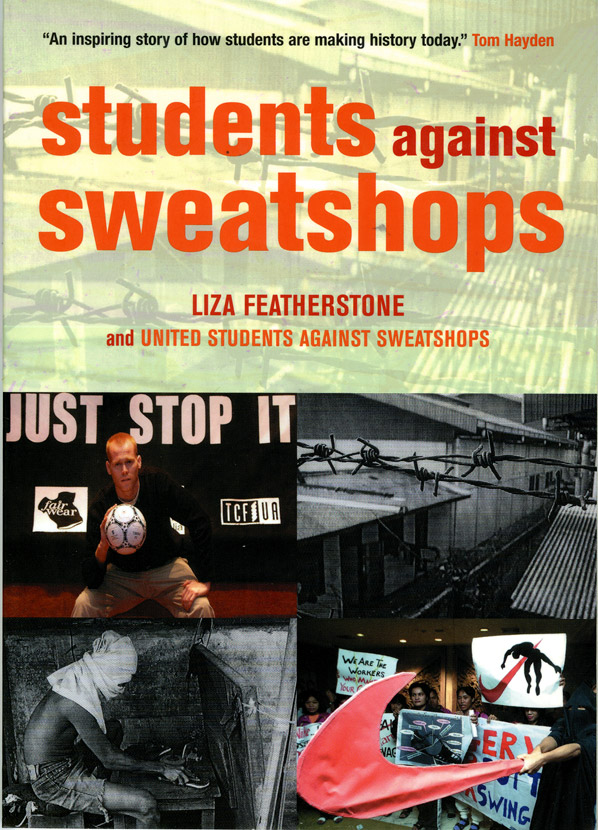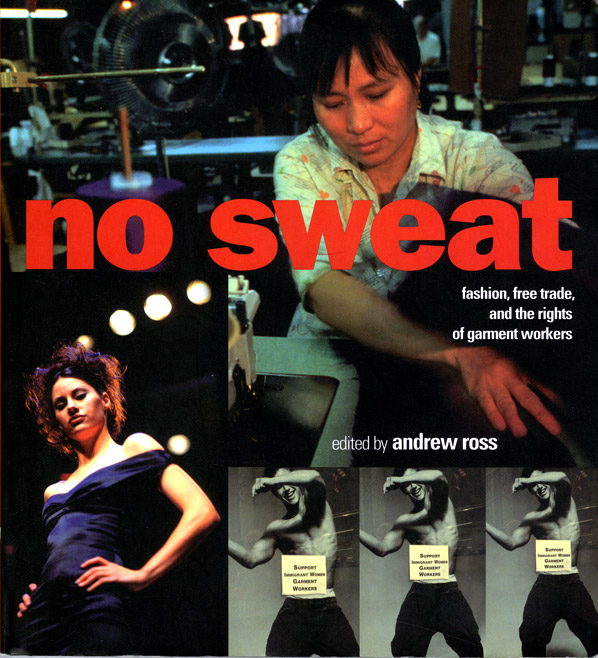
With the decline of the New Deal order in the 1970s and a political environment increasingly hostile to organized labor, the non-union sweatshop became the site for much of America's clothing manufacturing. A new generation of entrepreneurs employed increasing numbers of Asian and Latin American immigrants in urban factories that were reminiscent of those that defined the garment industry in the early years of the twentieth-century.
In the late 1970s, ILGWU Local 23-25 (the successor to the old shirtwaist unions) began organizing clothing workers in New York City's Chinatown. Wing Fong Chin, a lifetime garment worker, played a leading role and became executive board chair. The organizing campaign met with considerable success, but free trade and low tariffs encouraged many manufacturers to move their operations off shore in search for even cheaper labor.
CLICK ANY IMAGE TO ENLARGE WITH CAPTION
